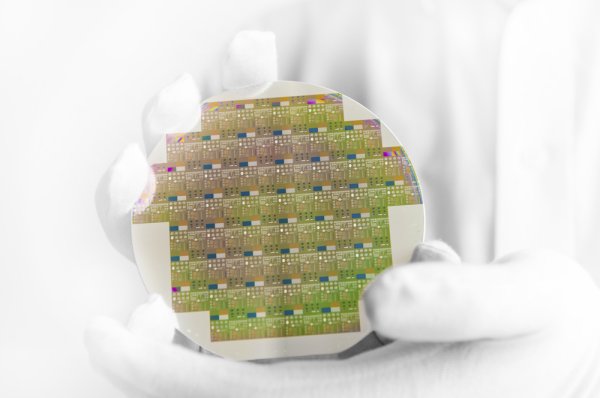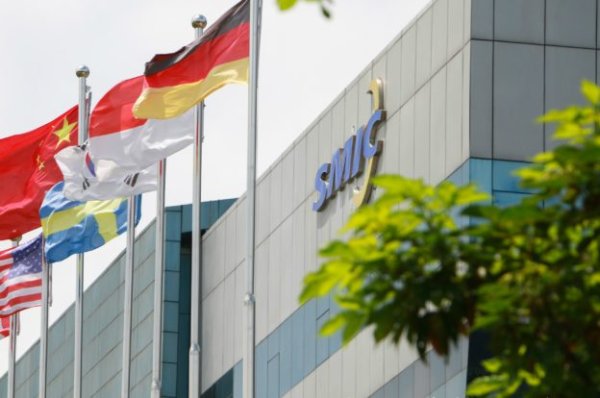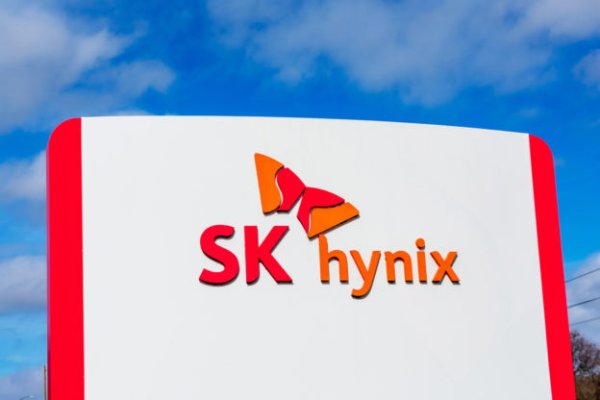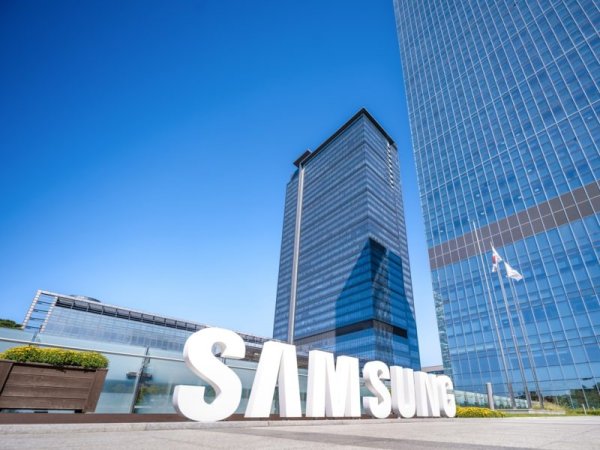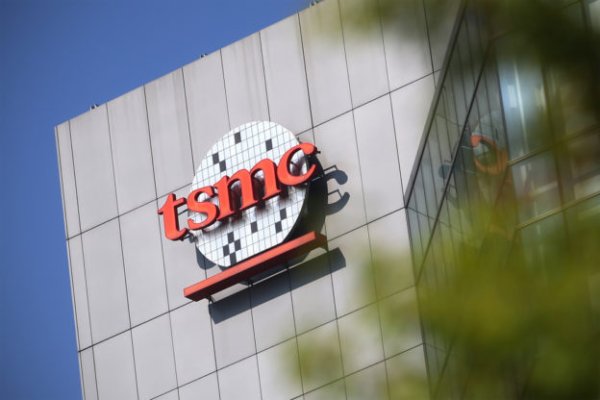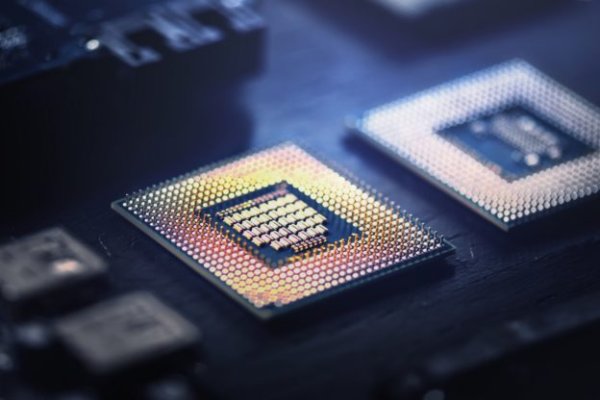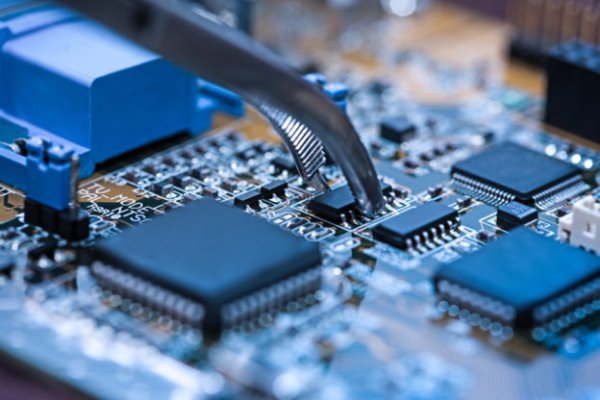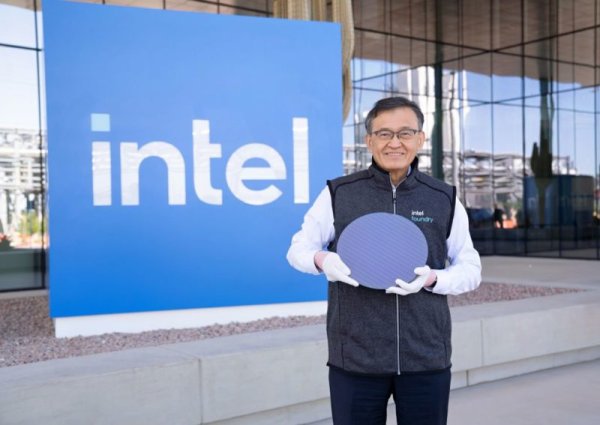Even though the 2nm process will affect gross profit margin in the initial stage, TSMC still regards it as a necessary process for long-term growth.

As the semiconductor industry moves towards a more efficient and miniaturized AI chip era, TSMC, the world's leading foundry, is actively expanding its 2nm (2nm) process technology. This major investment is seen as core to the company's continued growth strategy, but it also brings inevitable short-term financial pressure.
Market analyst reports pointed out that TSMC is accelerating the expansion of its advanced process production capacity. According to recent earnings calls, TSMC is expanding its 2nm process fabs in multiple phases at Hsinchu and Kaohsiung Science Parks. In addition, TSMC’s wafer manufacturing facilities in Arizona are also focused on 2-nanometer and beyond process technologies.
The key purpose of these expansion actions is to produce advanced AI chips to meet the growing market demand for high-performance computing (HPC) and AI applications. 2nm process technology is expected to bring significant energy efficiency and performance improvements, which is critical for TSMC as it seeks technology leadership. However, despite the strong long-term potential of 2nm process technology, TSMC is facing operational challenges in its initial stages.
In the process of expanding new-generation wafer production facilities, the initial costs are high and the wafer yield rate is low, resulting in a temporary decline in the company's gross profit margin. TSMC estimates near-term gross margin dilution to be about 2%, and the dilution could further expand to 3% to 4% before production capacity is scaled up. However, management believes that this temporary gross margin dilution is inevitable in order to maintain sustained growth in the long term.
TSMC’s long-term growth strategy is based on multiple priorities and aims to make up for initial cost investment. First, the company expects that through rapid scale-up, it will gain economies of scale and further reduce unit production costs in the long term. Second, talk about electromechanical expectations that automation and government-provided incentives will eventually help bridge the initial cost gap. Therefore, as global customers seek reliable and regionally diverse suppliers of advanced nodes, such as 2nm and A16 node processes, TSMC believes that investments will yield strong returns and further expand its technology leadership.
In addition, in the field of advanced processes, TSMC’s main competitors are also actively deploying, especially in AI chip manufacturing. Intel's Intel 18A process claims higher performance and efficiency, which will allow it to better compete with TSMC's upcoming 2nm process technology chips.
On the other hand, GlobalFoundries only focuses on mature processes. However, GlobalFoundries also sees demand related to AI, particularly in the areas of edge computing and embedded AI. To attract customers looking for supply chain flexibility, GlobalFoundries is expanding production capacity in the United States and Europe.
At this stage, TSMC continues to show a strong growth trend in terms of market performance. TSMC shares have gained about 54.5% so far in 2025, outperforming the 30.9% gain for the Computer & Technology sector according to Zacks Advisors. In terms of market capitalization, TSMC's trading price still appears conservative relative to the industry average. The company's price-to-earnings ratio is 25.57, which is lower than the related sector average of 30.75.
In terms of profit expectations, the market is still optimistic about TSMC's future performance. According to the Zacks Consensus Estimate, earnings are expected to grow 44.9% and 20.4% annually in 2025 and 2026, respectively. TSMC currently has a Buy rating from Zacks. Therefore, overall, TSMC is consolidating its dominance in the AI chip field through the expansion of its 2nm node process. Although it will face the challenge of declining gross profit margin in the early stage, the company is banking on scale, automation and strong market demand for advanced processes to ensure its long-term growth and technological leadership.


